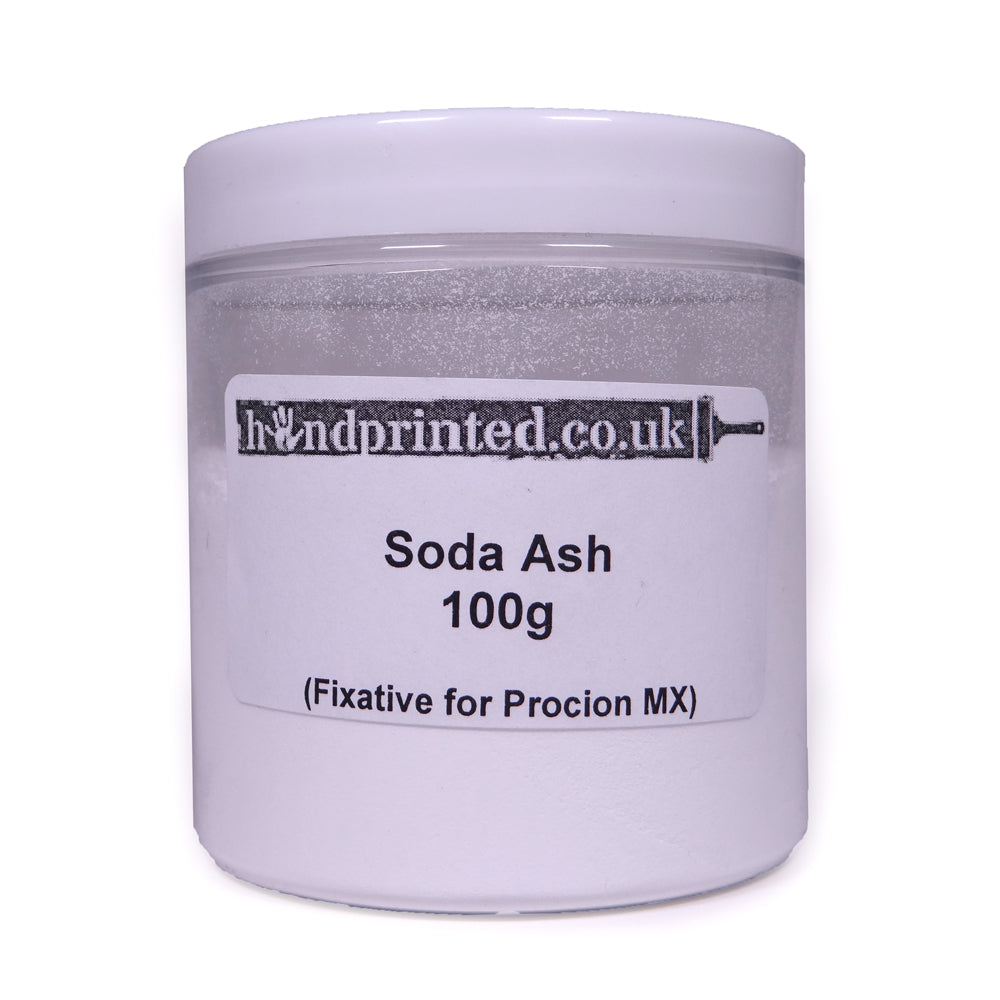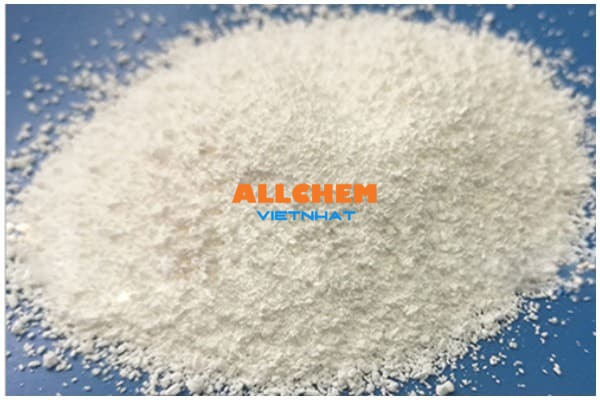

Soda ash should be added slowly to the mud system either by mixing through the hopper or chemical barrel. Soda ash is an alkaline material that can cause irritation to eyes, skin, or respiratory tract. Handle as an industrial chemical, wearing protective equipment and observing the precautions described on the transportation and safety data sheet. Concentrate chemical effectively removes calcium in most drilling fluids at small treatment levelsīioassay information is available upon request.Widely available and economical source of carbonate ions to precipitate calcium while increasing pH.Reduce soluble calcium in water-based muds.Typical Physical Properties Solubility in waterĥ72 degF, 51 g/100 mL at 86 degF Typical Physical PropertiespH (1% solution) Typical Physical Properties Specific gravity Typical Physical Properties Physical appearance Cellulosic polymers are only slightly calcium-sensitive and tolerate moderate levels of filtrate calcium. High-filtrate calcium causes precipitation of calcium-sensitive additives, such as POLY-PLUS high-molecular-weight liquid clay inhibitors and RINGFREE polymeric thinners, which are the most sensitive. It can cause flocculation of the mud, resulting in increased rheology, gel strengths, and fluid loss. It is a weak base that is soluble in water and dissociates into sodium (Na) and carbonate (CO 3) ions in solution.Ĭalcium is present in many makeup waters and formations.

Household detergents and paper products are a few other common examples of readily identifiable products using soda ash.Soda ash is the common name for sodium carbonate (Na 2CO 3). Chemical producers use soda ash as an intermediate to manufacture products that sweeten soft drinks (corn sweeteners), relieve physical discomfort (sodium bicarbonate) and improve foods and toiletries (phosphates). As environmental concerns grow, demand increases for soda ash used in the removal of sulfur dioxide and hydrochloric acid from stack gases. Soda ash also is used to clean the air and soften water. It’s mostly used in soaps and washing detergents to improve their cleaning properties. Washing soda, which is also an anhydrous substance that’s produced by combining light soda ash along with additional molecules of water. Light soda ash, which is widely used as a pH regulator/ buffering agent in multiple industrial processes. It forms an important industrial chemical, and is widely used in the manufacture of different products. There are basically three grades of soda ash that are produced, namely:ĭense soda ash, which is an anhydrous substance. Glass manufacturing is the largest application for soda ash whether it is in the production of containers, fiberglass insulation, or flat glass for the housing, commercial building, and automotive industries. Soda ash has a number of diversified uses that touch our lives every day. When companies process and produce soda ash, a number of other sodium compounds are made as co-products, including sodium bicarbonate (also known as baking soda), sodium sulfite, sodium tripolyphosphate, and chemical caustic soda. Sodium carbonate is well known domestically for its everyday use as a water softener. It has a strongly alkaline taste, and forms a moderately basic solution in water. Pure sodium carbonate is a white, odorless powder that is hygroscopic (absorbs moisture from the air). It most commonly occurs as a crystalline decahydrate, which readily effloresces to form a white powder, the monohydrate. Sodium carbonate (also known as washing soda, soda ash and soda crystals, and in the monohydrate form as crystal carbonate), Na 2CO 3, is the water-soluble sodium salt of carbonic acid.


 0 kommentar(er)
0 kommentar(er)
